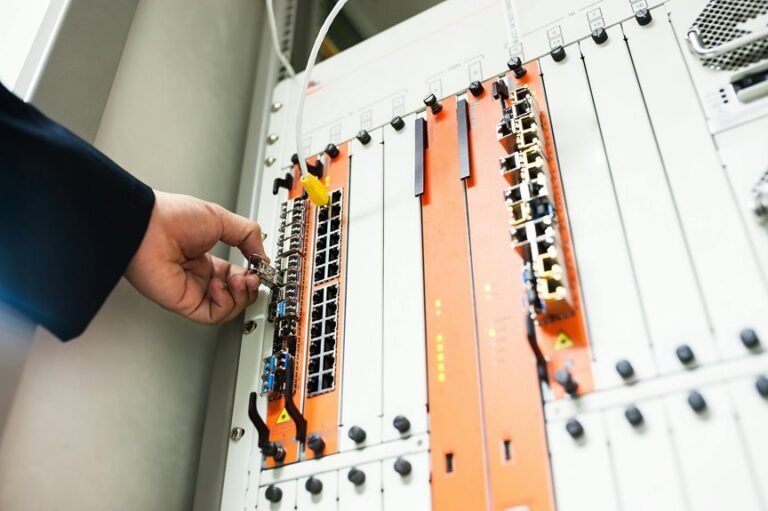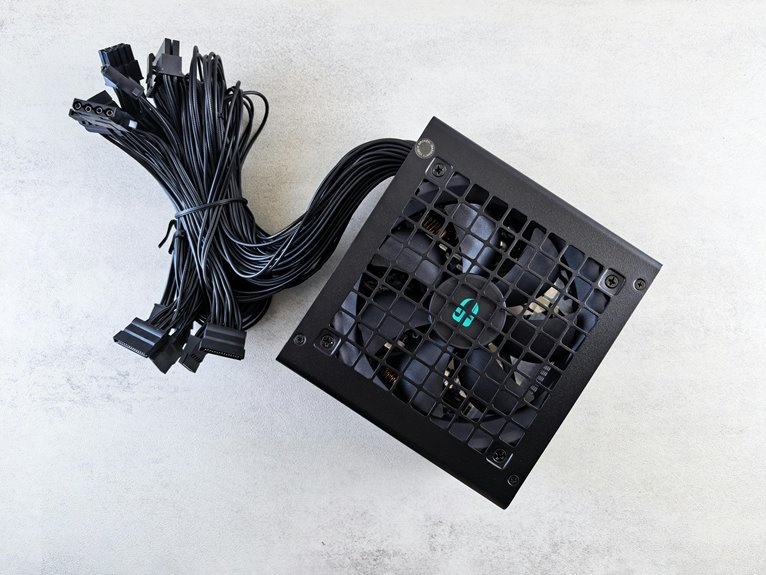Is your organization truly prepared to handle confidential information? The Confidential Information Response Monitoring Office plays a crucial role in safeguarding sensitive data through rigorous monitoring and compliance strategies. By understanding its key responsibilities and functions, you can appreciate the importance of these services. Explore how proactive measures can enhance your data protection efforts and build trust among stakeholders, ensuring your organization remains resilient against potential breaches.
Overview of the Confidential Information Response Monitoring Office
The Confidential Information Response Monitoring Office plays a crucial role in safeguarding sensitive data.
By implementing stringent security protocols, it ensures data privacy and protection against unauthorized access.
You’ll find that this office actively monitors potential breaches, providing timely responses to incidents.
Their commitment to preserving confidentiality empowers individuals and organizations alike, fostering an environment where privacy rights are respected and upheld.
Key Responsibilities and Functions
While safeguarding sensitive information is paramount, the Confidential Information Response Monitoring Office undertakes several key responsibilities to ensure data integrity.
You’re tasked with developing effective response procedures for data breaches, continuously monitoring potential threats, and conducting regular audits.
Importance of Monitoring Services
Monitoring services play a crucial role in safeguarding confidential information, as they provide real-time insights into potential vulnerabilities and unauthorized access.
By implementing these services, you can actively mitigate the risk of a data breach.
Regular risk assessments allow you to identify weaknesses and strengthen your security measures, ensuring your sensitive data remains protected and maintaining your organizational integrity in an increasingly digital landscape.
Strategies for Enhancing Data Protection
To enhance data protection, organizations must adopt a multi-layered approach that integrates advanced technologies and best practices.
Implementing robust data encryption safeguards sensitive information, while strict access controls ensure only authorized personnel can access critical data.
Regularly updating these measures is essential to stay ahead of potential threats, fostering a secure environment that respects individual freedoms while maintaining organizational integrity.
Conclusion
In a world where data breaches resemble the cracks in a dam, the Confidential Information Response Monitoring Office acts as a vigilant watchtower, ready to seal any leaks before they become floods. By implementing robust monitoring services and proactive strategies, you not only safeguard sensitive information but also cultivate trust among stakeholders. As you prioritize data protection, remember that a single oversight can lead to significant repercussions—taking a proactive stance is your best defense against potential threats.












